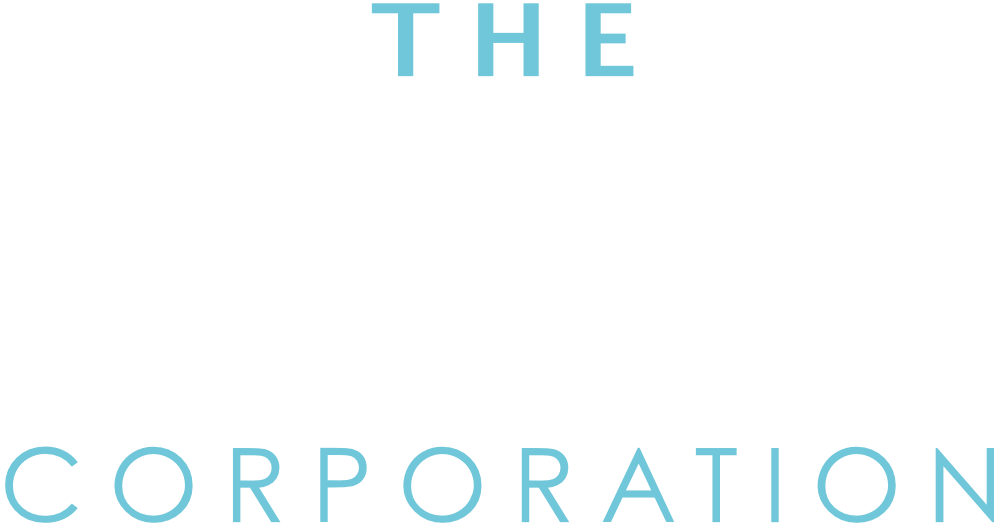Strategic thinking for the year ahead

2020 has been a stark lesson to us all; the saying “you never know what’s around the corner” has never been more true. How could anyone have predicted a pandemic that would spin our world into lockdown and isolation so rapidly? It’s the stuff of movies!
Yet here we are six months on and businesses across almost every industry sector have been hit hard with a sudden and sustained downturn in trade as a result. Businesses are battling to keep going, like marching through treacle.
Whilst there has been significant financial aid available to companies through Government backed loan schemes such as the Coronavirus Business Interruption Loan Scheme (CBILS) and the Bounce Back Loan (BBL), as well as grants to cover wages for furloughed staff, businesses have still suffered financially and continue to struggle.
According to a report from the Office for National Statistics:-
- Of the businesses that have continued to trade and who had a proportion of their workforce furloughed, 41% of these reported providing top ups to furloughed workers, on top of the Coronavirus job retention scheme (CJRS).
- 73% of these companies reported having increased operating costs due to the implementation of safety measures.
- With cash reserves being depleted, 47% of businesses reported having no, or less than six months cash reserves.
- One in ten businesses has admitted they are at risk of insolvency due to the pandemic.
With the situation not looking as though it’s likely to bounce back particularly rapidly, and times of austerity continuing, what measures should businesses be considering to protect their cash reserves moving forwards?
Businesses that have historically paid outright for new equipment purchases have invested heavily in machinery that takes up great chunks for money, yet that same kit is now grinding along trying to earn its keep in uncertain times. Organisations in this situation could consider restructuring their financing model to spread the cost to protect their cashflow, utilise the tax benefits and see an immediate return on investment.
Companies don’t pay their staff three years’ salary in advance, so why are they doing this with their business equipment? Pay for the equipment as you use it. This doesn’t just apply to traditional equipment such as vehicles, plant and machinery, but safety equipment, furniture and even software can all be funded too.
For those businesses sitting on large volumes of plant and equipment, why not consider a sale and leaseback scheme, where funds are released into your business, to top up those valuable cash reserves. At a time when businesses are having to adapt and diversify what they offer, the release of cash to give them freedom to make these changes is going to be a game changer for many organisations and could make the difference between coming out of the pandemic on a growth trajectory, rather than limping out with war wounds.
None of us know what the coming months look like for our businesses, so organisation should put in place financial strategies now, to give themselves the best possible starting block for the road ahead.
